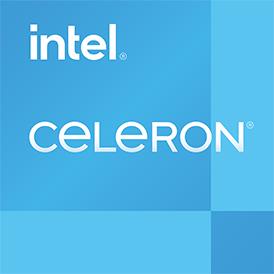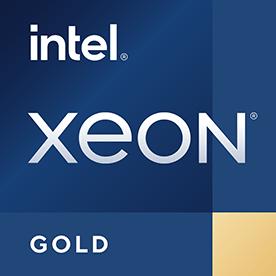 Geekbench 3, 64bit (Multi-Core)
Geekbench 3, 64bit (Multi-Core)
|
|
Intel Xeon Gold 5120
14C 28T @ 2.2 GHz
|
37851
|
|
|
Intel Celeron 3855U
2C 2T @ 1.6 GHz
|
3022
|
 Estimated results for PassMark CPU Mark
Estimated results for PassMark CPU Mark
|
|
Intel Xeon Gold 5120
14C 28T @ 2.2 GHz
|
17703
|
|
|
Intel Celeron 3855U
2C 2T @ 1.6 GHz
|
1265
|
 Geekbench 5, 64bit (Multi-Core)
Geekbench 5, 64bit (Multi-Core)
|
|
Intel Xeon Gold 5120
14C 28T @ 2.2 GHz
|
9933
|
|
|
Intel Celeron 3855U
2C 2T @ 1.6 GHz
|
848
|
 Geekbench 3, 64bit (Single-Core)
Geekbench 3, 64bit (Single-Core)
|
|
Intel Xeon Gold 5120
14C 28T @ 2.2 GHz
|
3578
|
|
|
Intel Celeron 3855U
2C 2T @ 1.6 GHz
|
1683
|
 Cinebench R15 (Multi-Core)
Cinebench R15 (Multi-Core)
|
|
Intel Xeon Gold 5120
14C 28T @ 2.2 GHz
|
2015
|
|
|
Intel Celeron 3855U
2C 2T @ 1.6 GHz
|
127
|
 Geekbench 6 (Single-Core)
Geekbench 6 (Single-Core)
|
|
Intel Xeon Gold 5120
14C 28T @ 2.2 GHz
|
1047
|
|
|
Intel Celeron 3855U
2C 2T @ 1.6 GHz
|
361
|
 Geekbench 5, 64bit (Single-Core)
Geekbench 5, 64bit (Single-Core)
|
|
Intel Xeon Gold 5120
14C 28T @ 2.2 GHz
|
889
|
|
|
Intel Celeron 3855U
2C 2T @ 1.6 GHz
|
430
|
 iGPU - FP32 Performance (Single-precision GFLOPS)
iGPU - FP32 Performance (Single-precision GFLOPS)
|
|
Intel Celeron 3855U
2C 2T @ 1.6 GHz
|
173
|
 Cinebench R11.5, 64bit (Multi-Core)
Cinebench R11.5, 64bit (Multi-Core)
|
|
Intel Xeon Gold 5120
14C 28T @ 2.2 GHz
|
22.2
|
|
|
Intel Celeron 3855U
2C 2T @ 1.6 GHz
|
1.4
|
 Cinebench R11.5, 64bit (Single-Core)
Cinebench R11.5, 64bit (Single-Core)
|
|
Intel Xeon Gold 5120
14C 28T @ 2.2 GHz
|
1.6
|
|
|
Intel Celeron 3855U
2C 2T @ 1.6 GHz
|
0.8
|

